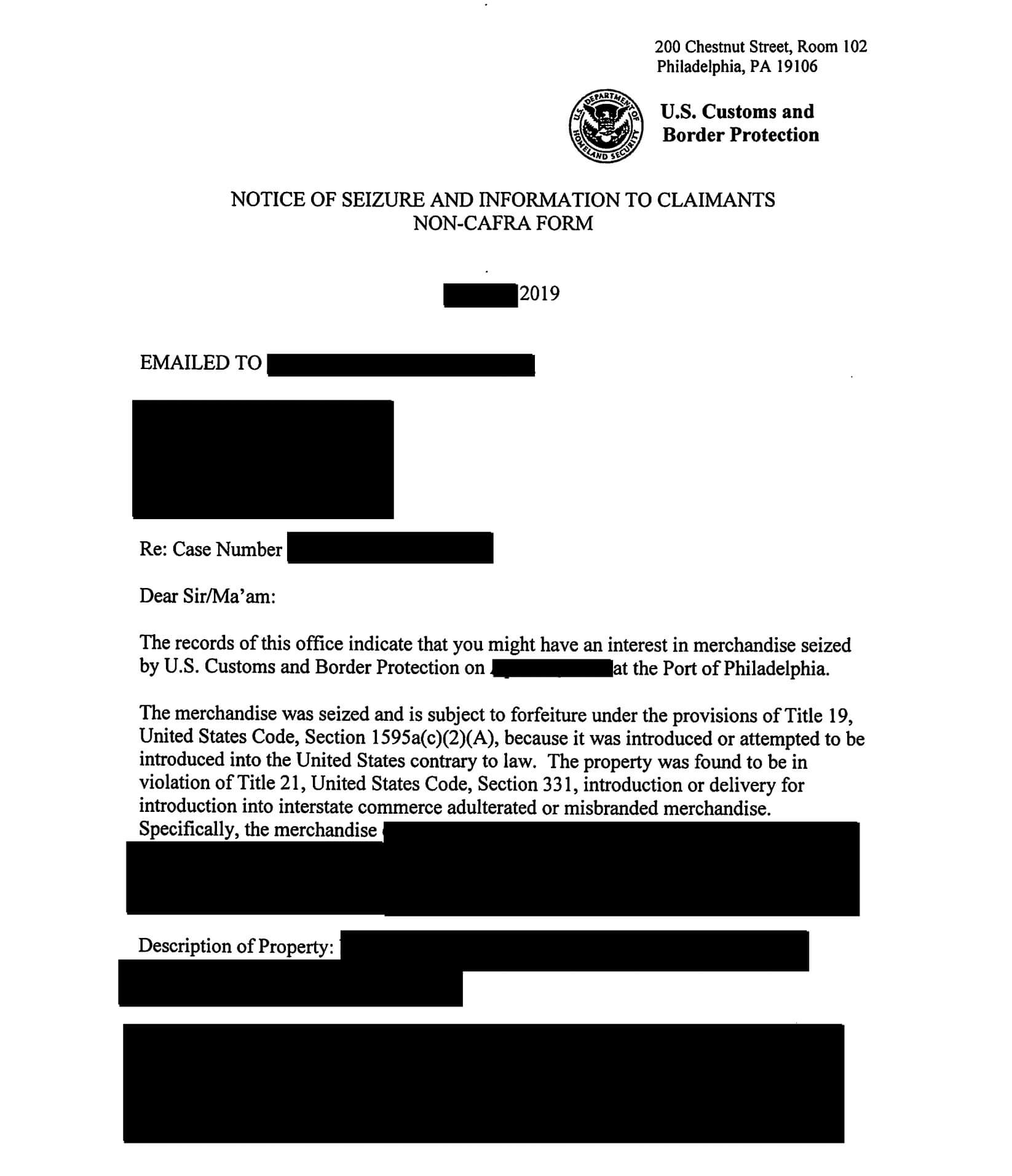Import classification plays a crucial role in international trade, as it determines the appropriate tariff rates, rules, and regulations that apply to imported goods. However, navigating the complexities of import classification can be challenging for importers, as it requires a deep understanding of the Harmonized System (HS) codes and various regulations. This is where rulings come into play. Rulings, issued by customs authorities, provide clarity and guidance on how specific products should be classified.
Understanding Import Classification
Import classification refers to the process of assigning a specific HS code to a product for customs purposes. HS codes are a standardized classification system used worldwide to classify traded goods. Each code consists of a unique set of numbers and is associated with a particular product or commodity. By accurately classifying goods, importers ensure compliance with customs regulations, facilitate accurate duty assessment, and benefit from preferential treatment under international trade agreements.
Import classification plays a crucial role in international trade. It helps customs authorities identify and track the movement of goods across borders, ensuring transparency and security in the global supply chain. Additionally, import classification enables governments to collect accurate trade statistics, which are essential for economic planning and policy-making.
The process of import classification involves analyzing the characteristics, composition, and intended use of a product to determine its appropriate HS code. This requires a thorough understanding of the HS code system and its associated rules and regulations. Importers often seek the assistance of customs brokers or trade consultants to ensure accurate classification and avoid potential penalties or delays in customs clearance.
Why Rulings are Important in Import Classification
Rulings play a pivotal role in import classification, primarily because the HS system is vast and intricate, with thousands of codes covering a wide range of products. Ambiguities and uncertainties can arise when determining the correct classification for specific goods. In such cases, importers can request a ruling from customs authorities to obtain a formal interpretation and determination regarding the appropriate HS code for their product. These rulings provide legal certainty and ensure consistent application of import classification across different importers and customs jurisdictions.
The Basics of Import Classification
At its core, import classification involves carefully analyzing the characteristics and composition of a product to identify its primary function and essential attributes. This information is then compared to the HS system’s classification guidelines, which provide detailed instructions on how different goods should be categorized. The process requires a comprehensive understanding of the HS system’s structure, chapters, sections, and explanatory notes, as well as any additional rules or regulations that may apply to specific product categories.
How Rulings Help Determine Import Classification
Rulings serve as valuable tools for importers in determining import classification. When faced with uncertainties or complex product descriptions, importers can submit a request for a ruling to customs authorities. This request typically includes a detailed description of the product, relevant technical specifications, and supporting documentation. Customs authorities review these submissions and issue a formal ruling, providing a definitive classification for the specific product in question. This ruling becomes binding for both the importer and the customs authority, ensuring consistency and accuracy in import classification.
The Legal Framework Behind Import Classification Rulings
Import classification rulings are rooted in the legal framework of each country’s customs laws and regulations. These laws grant customs authorities the power to issue rulings and provide guidelines on how the HS system should be interpreted and applied. Importers seeking rulings must adhere to specific procedural requirements, including submitting complete and accurate information, and complying with any applicable timelines or fees. By operating within the legal framework, importers can seek clarity and obtain informed decisions that facilitate compliance with import classification regulations.
The Impact of Customs Rulings on Importers
Customs rulings have a significant impact on importers. By providing clear guidance on how specific products should be classified, these rulings help importers determine the correct HS code and associated tariff rate for their goods. This accuracy in classification ensures compliance with customs regulations and minimizes the risk of penalties or delays at the border. Moreover, rulings enable importers to take advantage of preferential trade agreements or duty exemption programs, ensuring they receive the maximum benefits available to them.
Common Issues in Import Classification and How Rulings Address Them
Import classification can present various challenges for importers, including ambiguous product descriptions, differing interpretations, and ever-evolving regulations. Rulings address these issues by providing clarity and consistency. Customs authorities consider various factors when issuing rulings, including product composition, function, intended use, and any relevant trade practices prevailing in the industry. These comprehensive assessments help resolve classification issues, ensuring accurate and fair treatment of imported goods.
The Process of Obtaining a Ruling for Import Classification
The process of obtaining a ruling for import classification typically involves submitting a request to the relevant customs authority. This request should include a detailed description of the product, its intended use, composition, and any other relevant technical specifications. Supporting documents, such as product brochures, technical drawings, or samples, may also be required. Customs authorities review the submission, analyze the information provided, and issue a formal ruling, outlining the determined HS code and any specific considerations or conditions. Importers should carefully follow the procedural requirements and ensure accurate and complete information to obtain an accurate ruling.
Case Studies: Real-life Examples of Rulings in Import Classification
Examining real-life case studies can provide valuable insights into the practical application of rulings in import classification. For example, consider a case where a company imports a novel product that does not fit neatly into existing HS codes. By requesting a ruling, the company can obtain a definitive classification and ensure accurate duty assessment. These case studies highlight the importance of seeking rulings when facing unique or complex import classification scenarios.
Recent Trends and Developments in Rulings for Import Classification
Rulings for import classification are subject to ongoing developments influenced by changing trade dynamics, technological advancements, and updates to the HS system. Recent trends include the use of advanced technology, such as artificial intelligence and machine learning, to assist customs authorities in classifying goods. Additionally, there is a growing emphasis on international cooperation and harmonization of rulings to promote consistency and reduce trade barriers.
Best Practices for Utilizing Rulings in Import Classification
To effectively utilize rulings in import classification, importers should adopt certain best practices. These include maintaining a comprehensive product database, ensuring accurate and up-to-date product descriptions and technical specifications, and proactively seeking rulings for new or ambiguous products. Additionally, importers should establish strong communication channels with customs authorities and remain vigilant in staying up-to-date with any changes in regulations or guidelines that may impact import classification.
How to Stay Compliant with Import Classification Regulations Through Rulings
Staying compliant with import classification regulations requires importers to leverage rulings effectively. Importers should establish internal processes and controls to ensure consistent classification of their products. This includes regularly reviewing existing rulings to verify their continued applicability, seeking updated rulings when necessary, and proactively addressing any changes in product composition, function, or use that may impact classification. By understanding and utilizing rulings, importers can demonstrate a commitment to compliance and reduce the risk of non-compliance penalties.
The Role of Technology in Streamlining the Use of Rulings for Import Classification
Advancements in technology have significantly streamlined the use of rulings for import classification. Importers can leverage customs automation systems to submit ruling requests electronically, reducing administrative burdens and ensuring faster processing times. Additionally, artificial intelligence and machine learning technologies can assist customs authorities in classifying goods more efficiently and accurately. These technological advancements enhance the overall efficiency and effectiveness of the import classification process.
Key Factors to Consider When Challenging a Customs Ruling in Import Classification
There may be instances where importers disagree with a customs ruling and wish to challenge it. When considering this course of action, importers should evaluate certain key factors. These include conducting a thorough review of the ruling, ensuring they have a strong understanding of the underlying regulations and guidelines, and seeking expert advice, if necessary. Challenging a ruling requires a clear presentation of evidence and arguments supporting an alternative classification. Importers should carefully assess the potential benefits and risks associated with challenging a customs ruling.
The Benefits and Limitations of Using Rulings for Determining Import Classification
Rulings offer numerous benefits in determining import classification. They provide legal certainty, ensure consistent application of HS codes, and facilitate accurate duty assessment. Rulings also enable importers to take advantage of preferential trade agreements and duty exemption programs, minimizing costs and enhancing competitiveness. However, it is important to recognize the limitations of rulings. They are specific to the requester and the product in question and are not binding on other importers or customs authorities. Additionally, rulings may not cover every potential scenario, and importers must exercise judgment and due diligence when classifying goods.
Exploring the Relationship Between Tariffs and Import Classification Rulings
The relationship between tariffs and import classification rulings is interconnected. Tariffs are determined based on the HS code assigned to a product. Customs authorities rely on accurate import classification to establish the applicable tariff rate. Rulings play a pivotal role in ensuring the correct HS code is assigned, leading to accurate tariff assessment. By obtaining a ruling, importers can confidently determine the correct tariff rate, minimizing costs and optimizing their supply chain strategies.
How to Interpret and Apply Customs Rulings for Accurate Import Classification
Interpreting and applying customs rulings accurately is essential for importers seeking accurate import classification. Importers should carefully review the ruling, paying attention to any specific conditions or considerations outlined. They should also take into account any additional guidelines or regulations provided by customs authorities. By adhering to the ruling’s interpretation and applying it consistently, importers can ensure accurate classification and compliance with import regulations.
The Influence of International Trade Agreements on Customs Rulings for Imports
International trade agreements have a significant influence on customs rulings for imports. These agreements often include provisions relating to import classification, encouraging customs authorities to issue rulings in line with the agreement’s objectives. Rulings that are consistent with international trade agreement provisions can offer importers preferential treatment, such as reduced tariffs or exemption from certain duties. Importers should familiarize themselves with the relevant trade agreements and ensure their import classification aligns with the agreed-upon rules.
Navigating the Complexities of Harmonized System Codes with the Help of Customs Rulings
Harmonized System (HS) codes can be complex and challenging to navigate. Customs rulings offer valuable assistance in this process by providing clear guidance on how specific products should be classified. By seeking rulings and following their determinations, importers can accurately classify goods and comply with customs regulations. Rulings serve as valuable tools in overcoming the complexities of HS codes and ensuring consistent and accurate import classification.
In conclusion, rulings play a crucial role in import classification. They provide clarity, legal certainty, and consistency in determining the appropriate HS code for imported goods. Importers should leverage rulings to ensure compliance with customs regulations, optimize tariff rates, and capitalize on preferential trade agreements. By staying informed, utilizing technology, and following best practices, importers can navigate the complexities of import classification and streamline their international trade operations.






